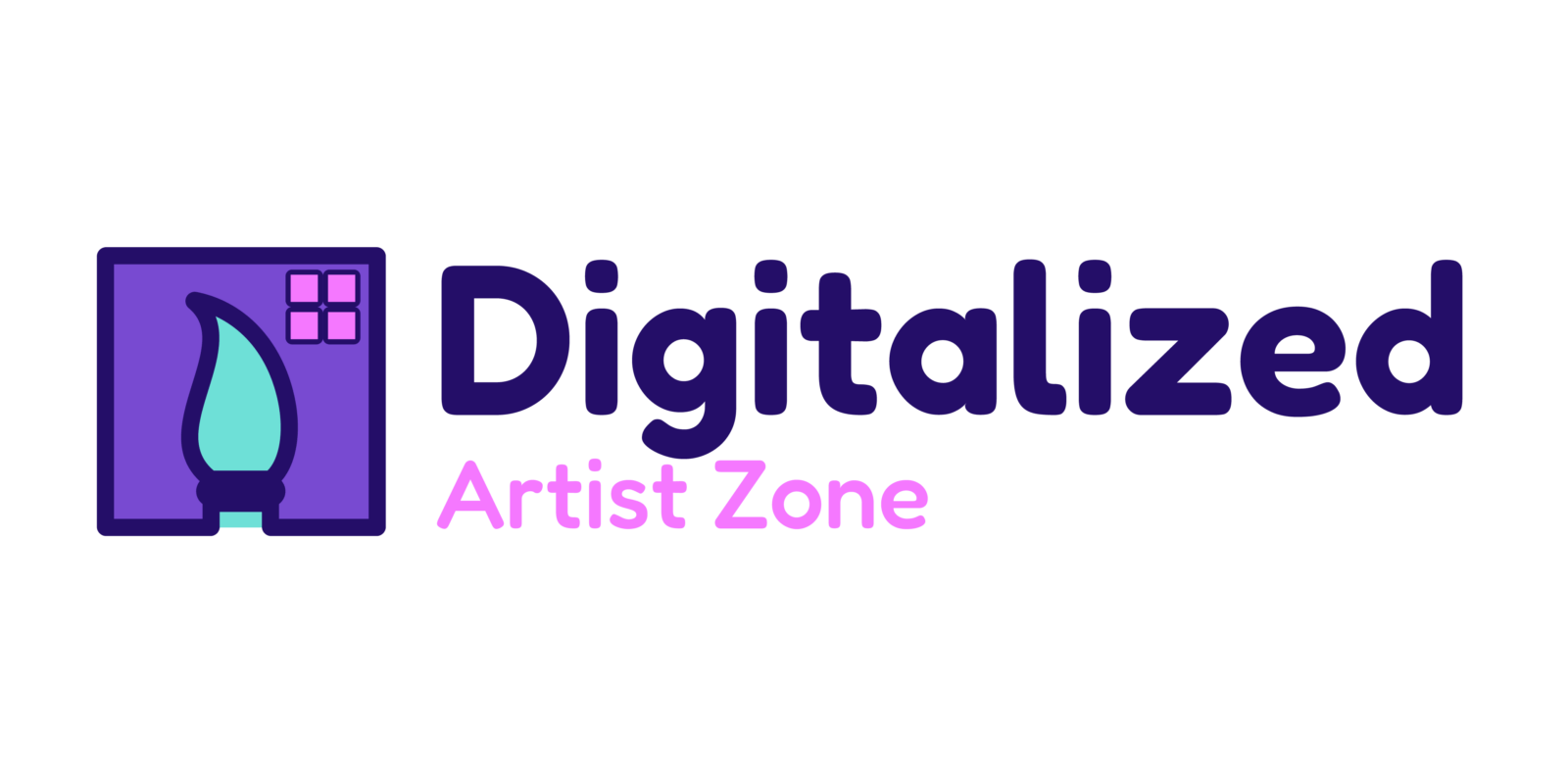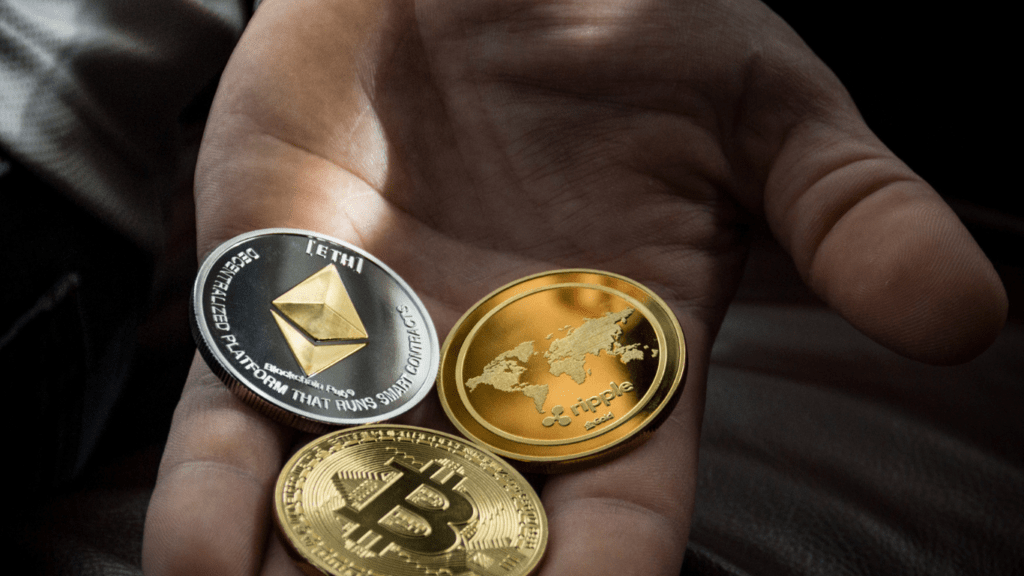In the ever-evolving landscape of digital art ownership, blockchain technology has emerged as a game-changer. As an avid enthusiast of both art and technology, I’ve witnessed firsthand the transformative power of blockchain in revolutionizing how we buy, sell, and authenticate digital artworks.
Through the decentralized and secure nature of blockchain, artists can now establish indisputable ownership rights, ensuring the integrity and provenance of their creations. This innovative approach not only empowers artists but also provides collectors with a transparent and immutable record of ownership, ushering in a new era of trust and authenticity in the digital art market.
Join me on a journey to explore how blockchain is reshaping the art world, paving the way for a more inclusive, transparent, and efficient ecosystem for creators and art enthusiasts alike.
Understanding Blockchain Technology
Blockchain technology is a decentralized digital ledger that records transactions across a distributed network of computers. It operates using a system of interconnected blocks, with each block containing a list of transaction records. The key feature of blockchain is its immutability: once data is recorded in a block, it cannot be altered without consensus from the network participants.
In the context of digital art ownership, blockchain technology provides a secure and transparent way to establish provenance and ownership of artworks. By utilizing blockchain, artists can create unique digital certificates of authenticity for their creations, ensuring that each piece is verifiable and cannot be duplicated or tampered with.
Blockchain’s decentralized nature eliminates the need for intermediaries in art transactions, enabling direct peer-to-peer interactions between artists and collectors. This direct engagement streamlines the process of buying and selling digital art, reducing costs, and increasing efficiency in the art market.
Moreover, blockchain enhances trust and transparency in the art world by providing a public and tamper-proof record of ownership. Collectors can trace the entire ownership history of a digital artwork, verifying its authenticity and provenance at any given time. This transparency fosters a more secure and authentic ecosystem for digital art transactions.
Blockchain technology is revolutionizing digital art ownership by offering a decentralized, secure, and transparent platform for artists and collectors to engage in the creation and exchange of digital artworks. Its ability to establish ownership rights, ensure authenticity, and enhance trust is reshaping the art market, creating a more inclusive and efficient environment for all stakeholders.
- Revolutionizing Digital Art Ownership
Blockchain technology brings about a significant transformation in digital art ownership by revolutionizing the way art transactions occur. Let’s delve into two key aspects that highlight the impact of blockchain in the art world. - Decentralization in Art Transactions
Decentralization lies at the core of blockchain technology, enabling art transactions to occur directly between artists and collectors without the need for intermediaries. This eliminates the traditional barriers present in the art market, streamlines the buying and selling process, reduces costs, and enhances efficiency. With blockchain, artists can showcase their work to a global audience, fostering a more direct and seamless interaction with art enthusiasts worldwide.
Transparency and Authentication in Art Ownership
Blockchain’s inherent transparency and immutability create a secure and tamper-proof system for verifying art ownership. Through unique digital certificates of authenticity recorded on the blockchain, artists can establish their ownership rights and ensure the integrity of their creations. This not only builds trust between artists and collectors but also safeguards against counterfeit art, guaranteeing the authenticity and provenance of digital artworks. The transparent nature of blockchain fosters a more authentic and trustworthy art market, benefiting both creators and buyers alike.
Impact on Artists and Collectors
Incorporating blockchain technology into the art world has profound implications for both artists and collectors. As an artist, I benefit from the direct engagement with collectors, which eliminates the need for intermediaries. This direct interaction not only streamlines the purchasing process but also allows me to establish a personal connection with those who appreciate my work.
For collectors, blockchain ensures transparency and authenticity in art transactions. I, as a collector, can trace the provenance of a digital artwork through its unique blockchain record, assuring me of its originality and value. The decentralized nature of blockchain also provides me with a secure and tamper-proof method of verifying the ownership of a piece, instilling confidence in my art acquisitions.
Furthermore, the blockchain’s permanence and transparency offer a level playing field for artists and collectors alike. I, both as an artist and a collector, can participate in the art market with increased integrity and trust, fostering a more democratic and inclusive environment for all stakeholders. The efficient and cost-effective nature of blockchain transactions benefits me as an artist and collector, minimizing fees and administrative burdens while maximizing the authenticity and value of digital art ownership.
Challenges and Future of Blockchain in Digital Art
Continuing on the transformative impact of blockchain on digital art ownership, one key challenge facing the adoption of this technology in the art world is the need for widespread understanding and acceptance. Although blockchain offers transparency and security, many artists and collectors may be unfamiliar with its intricacies and benefits.
In the future, education and awareness initiatives will play a crucial role in overcoming this challenge. As more artists and collectors comprehend the advantages of blockchain in establishing ownership rights and ensuring the authenticity of digital art, its adoption is likely to increase significantly.
Another challenge pertains to the scalability of blockchain networks in handling the growing volume of digital art transactions. As the demand for digital art continues to rise, blockchain systems must evolve to support increased traffic while maintaining efficiency and speed.
Looking ahead, advancements in blockchain technology, such as the implementation of scalable solutions like Layer 2 protocols, are anticipated to address these scalability issues. By enhancing transaction throughput and reducing costs, these developments will further solidify blockchain’s position as a transformative force in digital art ownership.
Overall, while challenges exist in the widespread adoption of blockchain in the digital art realm, the future looks promising as education, awareness, and technological innovations pave the way for a more secure, transparent, and efficient art ecosystem powered by blockchain.





